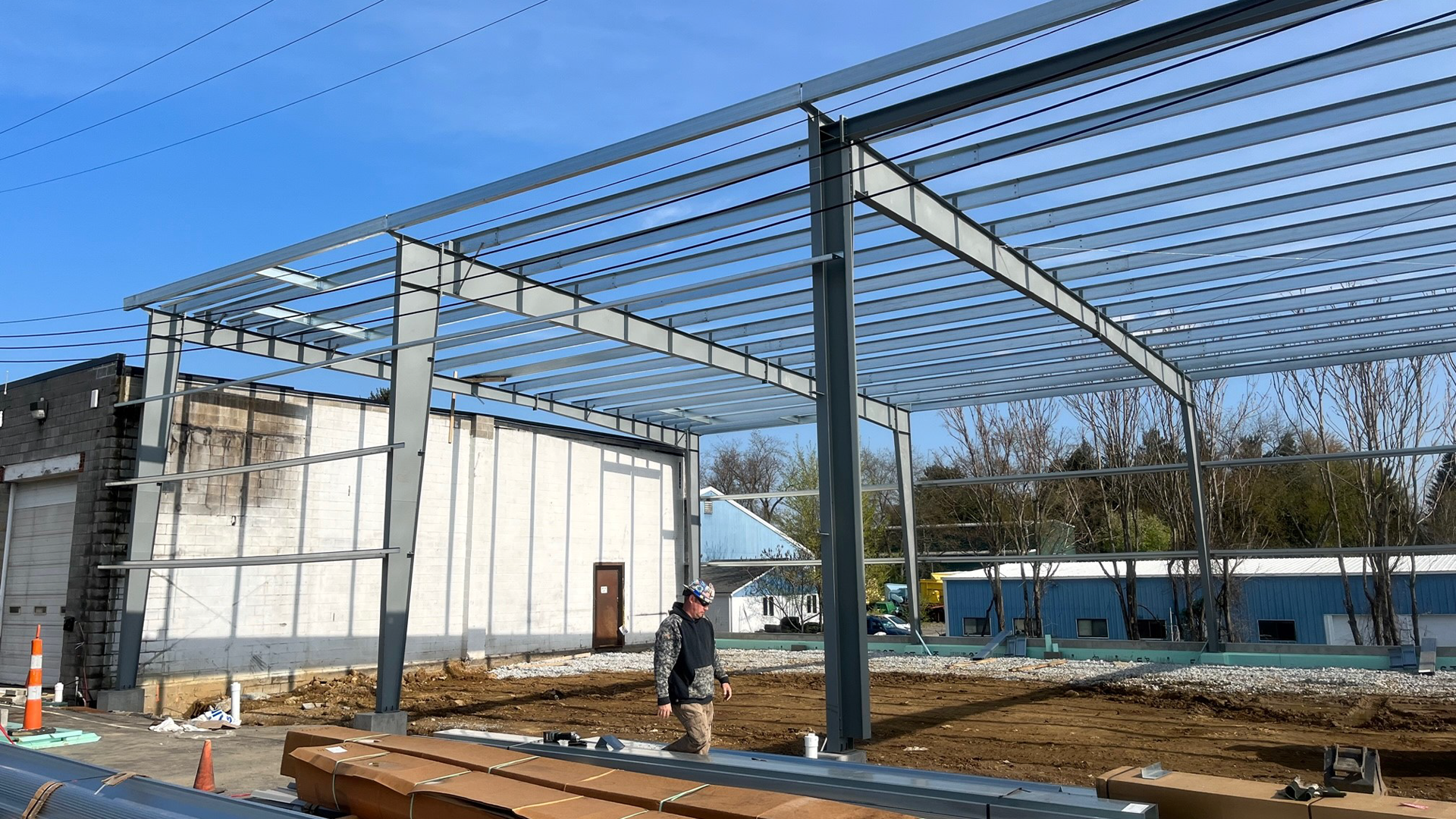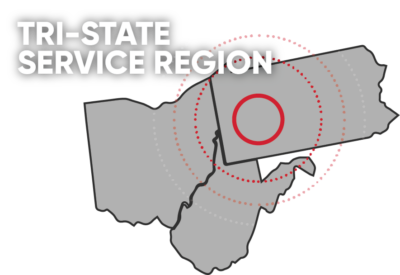Smart Design, Smarter Savings: Energy Perks of Metal Construction
Energy efficiency is more than just a buzzword—it’s a smart investment. Whether you’re managing a warehouse, opening a retail space, or expanding your storage business, cutting down on utility costs and reducing energy consumption can have a big impact on your bottom line.
That’s why more businesses are turning to metal buildings as a key part of their energy strategy. From better insulation to solar integration, metal structures offer a range of built-in benefits that traditional construction often can’t match.
In this blog, we’ll explore the many ways metal buildings support energy efficiency—during construction and for years after completion.
Why Metal Buildings Are Designed with Efficiency in Mind
Metal buildings—especially pre-engineered ones—are created with precision and performance in mind. They’re not only faster and easier to build, but they also offer structural benefits that make it easier to maintain tight seals, incorporate insulation, and maximize indoor climate control.
And because they’re often constructed as single-envelope structures (rather than a patchwork of materials), they provide fewer gaps for heat or cold to escape—making them a natural fit for businesses prioritizing energy performance.
Key Ways Metal Buildings Improve Energy Efficiency
Let’s break down the top ways metal buildings help reduce energy use and support long-term savings:
1. High-Performance Insulation Systems
Metal buildings can be equipped with rigid board insulation, spray foam, or insulated metal panels, all of which dramatically reduce heat transfer. Many PEMBs are designed specifically to house energy-efficient insulation that helps maintain comfortable indoor temperatures—whether you’re in a hot or cold climate.
Effective insulation reduces the demand on HVAC systems, leading to lower heating and cooling costs and a more consistent interior environment.
2. Cool Roofing Technology
Metal roofs can be treated with high-reflectivity coatings that reflect sunlight and minimize heat absorption. Known as “cool roofs,” these systems keep indoor temperatures lower in the summer, reducing the need for air conditioning.
Cool roofs are especially valuable in warmer climates or in facilities with large roof surfaces, like warehouses or self-storage centers.
3. Solar Panel Integration
Steel buildings are ideal candidates for solar panel installation. The structure and slope of the roof can be optimized for solar exposure, and the strength of steel makes mounting panels easy and secure.
Combined with energy-efficient design and insulation, solar panels can help a metal building approach net-zero energy usage—an increasingly common goal in modern development.
4. Tight Building Envelope
A tight building envelope is one of the most important factors in energy efficiency. Metal buildings, particularly pre-engineered ones, are designed with precision-matched components that reduce air leakage.
This leads to better temperature regulation, less strain on HVAC systems, and improved energy conservation.
5. Efficient Window and Door Placement
Because metal buildings are custom-designed, you have more control over where windows and doors are placed. Strategic placement allows for natural daylighting, passive ventilation, and better temperature zoning—all of which contribute to energy savings.
6. Minimal Thermal Bridging
Thermal bridging happens when heat escapes through areas with little to no insulation, like metal studs or window frames. Metal buildings are often engineered to minimize these problem areas using thermal breaks and continuous insulation systems.
This advanced design helps maintain a consistent interior temperature, especially in areas where outdoor conditions fluctuate dramatically.
7. Long-Term Building Integrity
Durability matters when it comes to energy efficiency. Materials that warp, rot, or degrade over time (like wood) often create gaps or weaknesses in insulation. Steel, on the other hand, resists shifting, settling, and moisture—ensuring your energy-saving features stay intact for the long haul.
A well-maintained metal building is less likely to require energy-wasting repairs or retrofits, keeping your efficiency consistent year after year.
The Energy Impact on Business Operations
Energy-efficient buildings don’t just reduce your monthly utility bills—they can also contribute to:
- Higher resale value
- Increased occupant comfort and productivity
- Reduced environmental impact
- Qualification for energy rebates and green certifications
- Lower carbon emissions for ESG reporting
Whether you’re managing a fleet operation or building a self-storage site, energy savings translate directly into profit protection and long-term ROI.
Build for Efficiency with Red Direct!
Looking to cut down on energy costs without sacrificing performance? ⚡ Red Direct specializes in pre-engineered metal buildings that support energy-efficient designs from the inside out. From insulation and roofing to smart building envelopes and solar-ready roofs, we’ll help you create a structure that saves money and reduces environmental impact.


